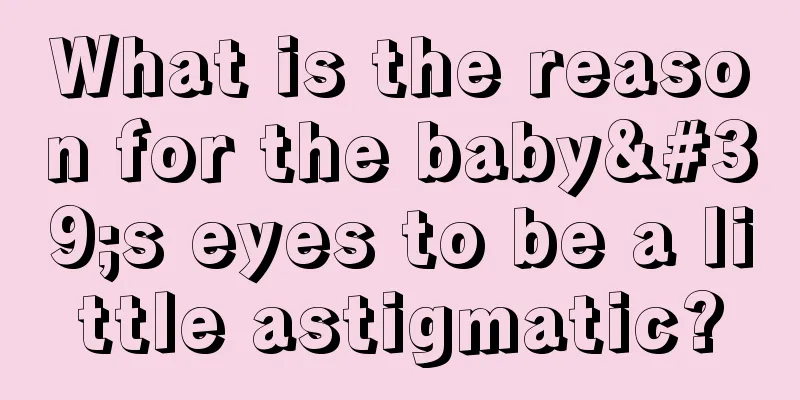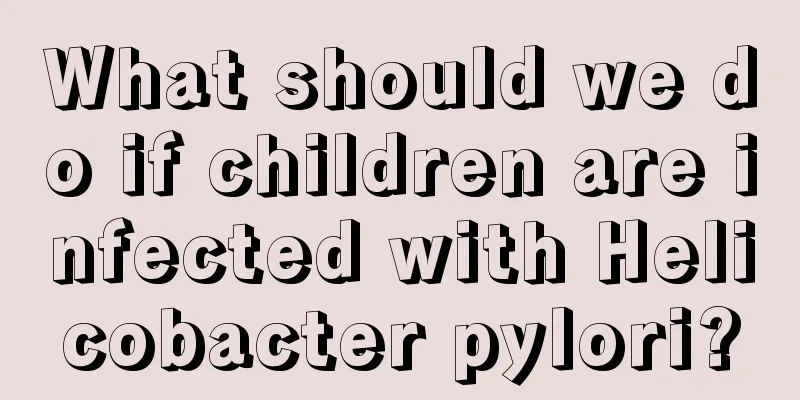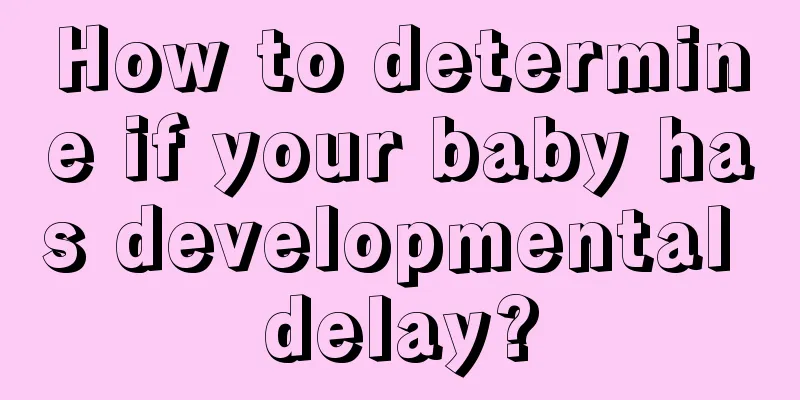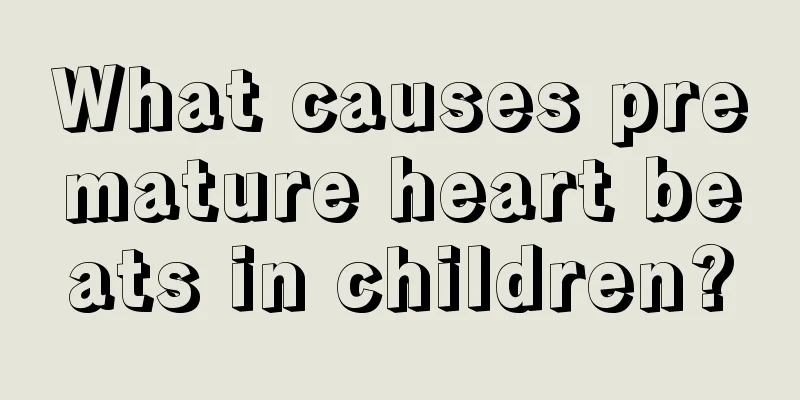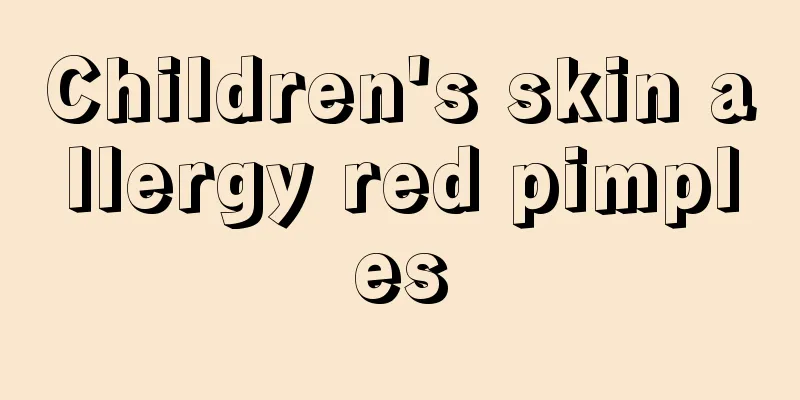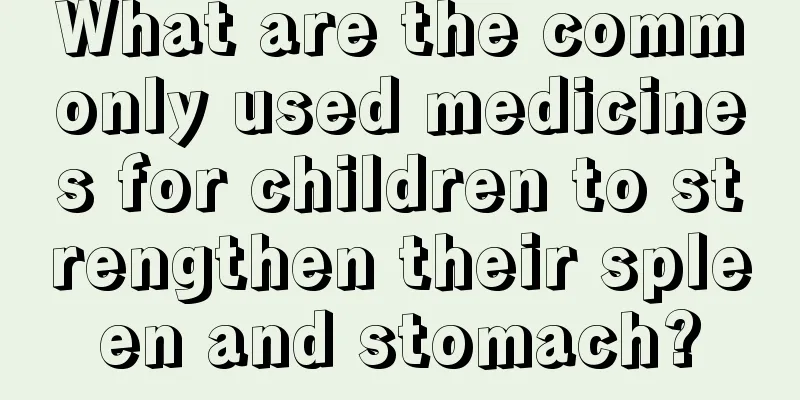Clinical manifestations of heart defects in children
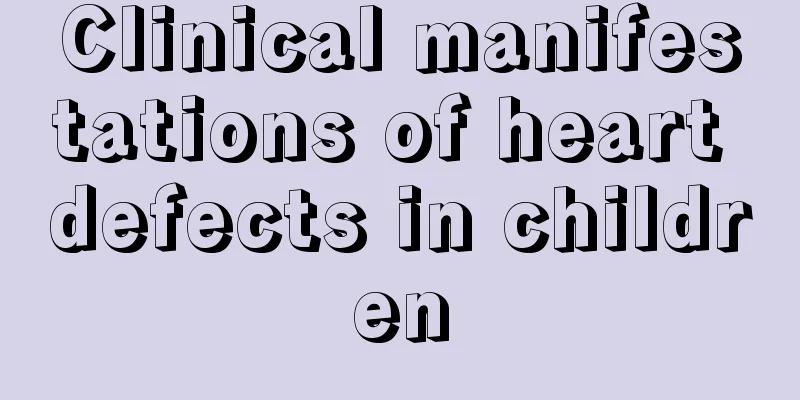
|
Heart defect in children is a common congenital disease in children. If treated in time, it is possible to cure it. Heart defects are much better than congenital heart disease, and with the advancement of modern medicine, the possibility of cure is greatly improved as long as it is diagnosed and treated early. So, what are the clinical manifestations of heart defects in children? Let’s find out through the following content! People with a ventricular septal defect (VSD) with a smaller caliber and less shunt volume generally have no obvious symptoms. Patients with larger defects and larger shunt volumes may have developmental disorders, palpitations and shortness of breath after activities, repeated lung infections, and in severe cases, respiratory distress and left heart failure. When mild to moderate pulmonary hypertension occurs and the left-to-right shunt volume is reduced accordingly, lung infection and other conditions are alleviated, but symptoms such as palpitations, shortness of breath and limited movement still exist or become more obvious. When pulmonary hypertension is severe and bidirectional or reverse (right-to-left) shunt occurs, cyanosis occurs, the so-called Eisenmenger syndrome, and cyanosis worsens during physical activity and lung infection. Eventually right heart failure occurs. During examination, those with larger defects are generally poorly developed and smaller. In late-stage cases of ventricular septal defect, cyanosis of the lips and fingers may be seen. In severe cases, there may be iliac digits, as well as symptoms of right heart failure such as liver enlargement and lower limb edema. Patients with ventricular septal defect with a large shunt volume may have increased pulsation in the precordial area, a bulging chest wall, and enlarged cardiac dullness boundaries when percussed. After reading the above, I believe you already know the clinical manifestations of heart defects in children! Parents should understand the dangers of small heart defects and know their symptoms. If the baby shows any abnormal conditions, he or she should be sent to a regular hospital for diagnosis and treatment in time. Also, when mothers give birth to babies, it is best to check regularly to see if the babies are normal and healthy. |
<<: Treatment of ventricular septal defect in children
>>: The dangers of patent ductus arteriosus in children
Recommend
What should I do if my child sweats a lot?
Parents with children may find a problem, that is...
What fruits can babies with pneumonia eat?
Babies suffer from pneumonia mostly due to colds....
Does anyone know what's going on with a child's fever?
In daily life, we often find that children have f...
Baby rubbing eyes frequently
Everyone should know that itchy and painful eyes ...
Why do children grind their teeth during the day?
What is the reason why children often grind their...
Ways to increase children's immunity
I believe everyone knows the importance of resist...
What to do if children have a fever and cold hands and feet
Children's fever is a rather tricky problem, ...
Good way to care for premature babies born at 30 weeks
There are a lot of premature babies now, and thei...
What is anemia in infants and young children?
Infants and young children have poor physical res...
What should I do if my child coughs when using the air conditioner?
In summer, due to the hot weather, many families ...
What's the best thing for kids to eat for lunch?
Lunch is a very important meal, not only for adul...
Is it normal for a child to urinate less?
If a child has little urine, it is definitely not...
How to solve small pimples on children's body
Small pimples on children's bodies are a rela...
What should I do if my seven-month-old baby has poor digestion?
There are quite a few people born in the 1980s wh...
What to do if your baby gets air conditioning disease
In the hot summer, in order to prevent their chil...

